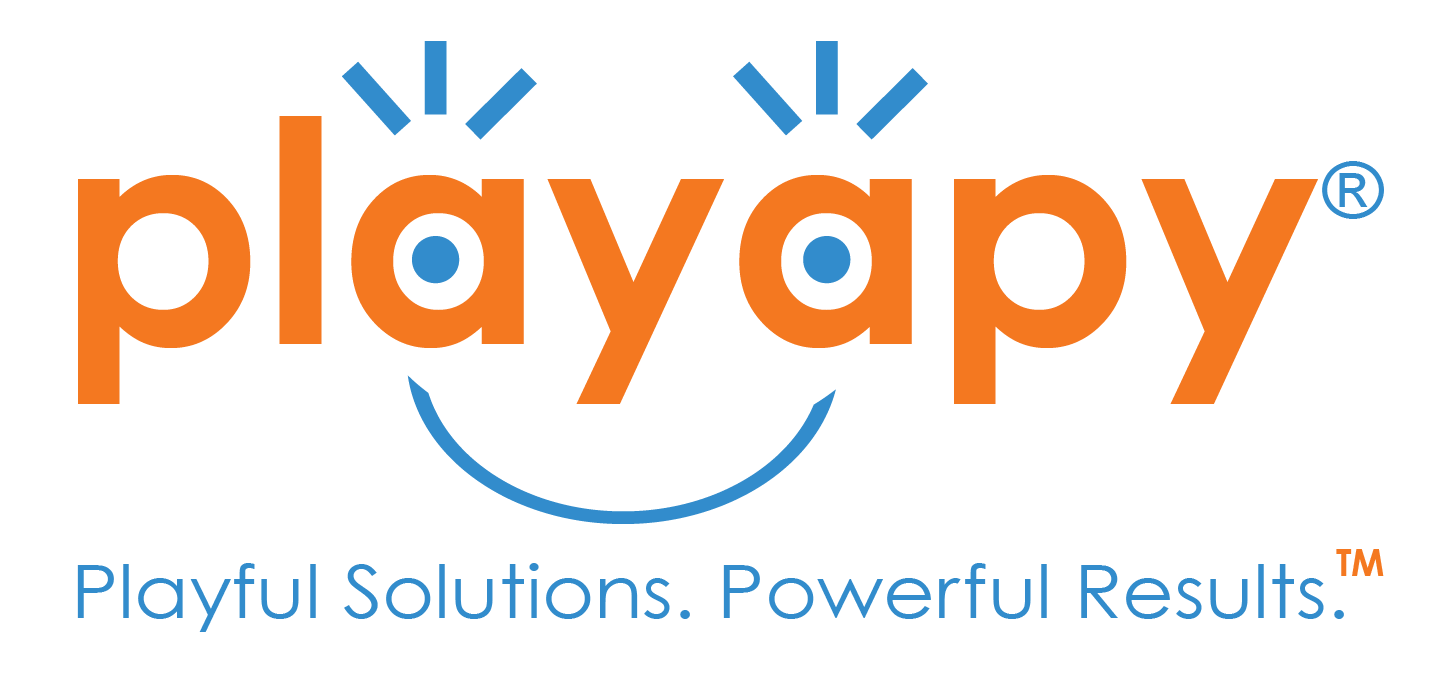
07 Jul Playing Together
I have strong memories from childhood of playing together with friends. Before I was old enough to explore the neighborhood on my own, I often remember my mother sending me off to “go play” within our home. Sometimes I was alone since my older sister and brother were not always fond of playing together with their little sister. Hence, my dog often became my loyal companion.
A Sense of Community
Humans as well as countless other species have an innate sense of community. We are often led not by one dominating leader but by the majority. This very idea was expressed in a movie entitled, I AM. It is a non-fiction film that poses two practical and provocative questions. 1. What is wrong with our world? 2. What can we do to make it better? In the film, one of the individuals interviewed stated, “We focus better in a state of love, empathy, and compassion than in a state of separation.”
Playing Together
Occupational therapists constantly work with children in this way. We do not give a child a toy and walk away. Nor do we give them a project and leave the room to watch behind a glass window until they come find us. There are times when we may set a child up with a task and allow them to work independently, but at some point we do engage with them and provide them with assistance and encouragement.
Enhancing Play
Recently a parent asked me if she should have her child play on well known educational app. I reminded her that the benefit would be far greater if she could instead take that time to directly engage with her child. The time you spend interacting with your child and having them repeat your words and react to your facial expressions will enhance the effects of play. The new neuron pathways created in the brain as more likely to stick and create more synapses than any app can promise. Playing together face to face on a daily basis is your greatest asset as a family.
Tips for Play
Here are a few quick tips to consider when playing together with your child to improve concentration and attention during a structured activity.
- Provide visual examples to copy and verbal directions to repeat.
- Break an activity down into steps to increase comprehension.
- Decrease visual distractions by working on the floor.
- Limit noisy disturbances by playing in a quiet space.
- Unclutter the play area to improve focus on one activity.
I hope you find these tips helpful. You can consider consulting with an occupational therapist to learn new ways of playing together with your child.
Amy Baez, MOT, OTR/L
Amy Baez is the Founder of Playapy and Creator of the PALS Handwriting Program. She is a pediatric occupational therapist, play advocate, and parent coach with over 18 years of experience. Learn more at www.playapy.com.
